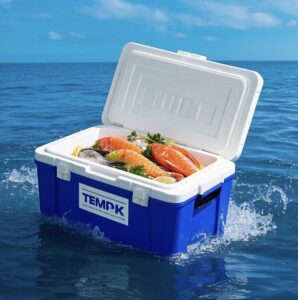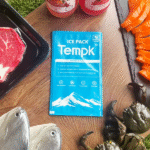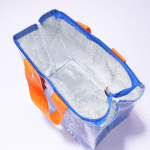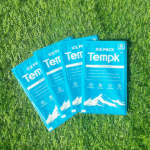Transporte de la cadena de frío Se refiere al mantenimiento de artículos sensibles a la temperatura, como alimentos perecederos., productos farmacéuticos, y productos biológicos dentro de un rango de temperatura específico durante todo el proceso de transporte y almacenamiento para garantizar su calidad y seguridad.. El transporte en cadena de frío es crucial para mantener la frescura del producto, eficacia, y prevenir daños al producto debido a fluctuaciones de temperatura. A continuación se detallan algunos puntos clave sobre el transporte en cadena de frío.:
1. control de temperatura:
-El transporte en cadena de frío requiere un control preciso de la temperatura, que normalmente implica dos modos: refrigeración (0 ° C para 4 ° C) y congelando (generalmente -18 ° C o inferior). Algunos productos especiales, como ciertas vacunas, puede requerir transporte a temperatura ultrabaja (como -70 ° C para -80 ° C).

2. Pasos clave:
-La cadena de frío no sólo incluye el proceso de transporte, sino también el almacenamiento, cargando, y procesos de descarga. La temperatura debe controlarse estrictamente en cada etapa para evitar cualquier “rotura de la cadena de frío”., lo que significa que la gestión de la temperatura está fuera de control en cualquier etapa.
3. Tecnología y equipamiento:
-Utilice vehículos frigoríficos y congelados especializados, contenedores, barcos, y aviones para el transporte.
-Utilizar cámaras frigoríficas y refrigeradas en almacenes y estaciones de transferencia para almacenar productos..
-Equipado con equipo de monitoreo de temperatura., como registradores de temperatura y sistemas de seguimiento de temperatura en tiempo real, para garantizar el control de la temperatura en toda la cadena.
4. Requisitos reglamentarios:
-El transporte en cadena de frío debe cumplir con estrictas regulaciones nacionales e internacionales.. Por ejemplo, agencias reguladoras de alimentos y medicamentos (como FDA y EMA) Han establecido estándares de transporte en cadena de frío para productos farmacéuticos y alimentos..
-Existen regulaciones claras sobre las calificaciones de los vehículos de transporte., instalaciones, y operadores.

5. Desafíos y soluciones:
-Geografía y clima: Mantener una temperatura constante es particularmente difícil durante el transporte en áreas extremas o remotas..
-Innovación tecnológica: Adoptar materiales aislantes más avanzados., sistemas de refrigeración más eficientes energéticamente, y tecnologías de registro de datos y monitoreo de temperatura más confiables.
-Optimización logística: Optimizando rutas y estrategias de transporte., Reduzca el tiempo y los costos de transporte al tiempo que garantiza la integridad de la cadena de frío..
6. Ámbito de aplicación:
-La cadena de frío no sólo se utiliza en productos alimentarios y farmacéuticos, pero también ampliamente utilizado en el transporte de otros artículos que requieren un control de temperatura específico, como flores, productos químicos, y productos electrónicos.
La eficacia del transporte en cadena de frío es crucial para garantizar la calidad del producto y la seguridad del consumidor., especialmente en el contexto del creciente comercio mundial y la demanda de productos de alta calidad..























